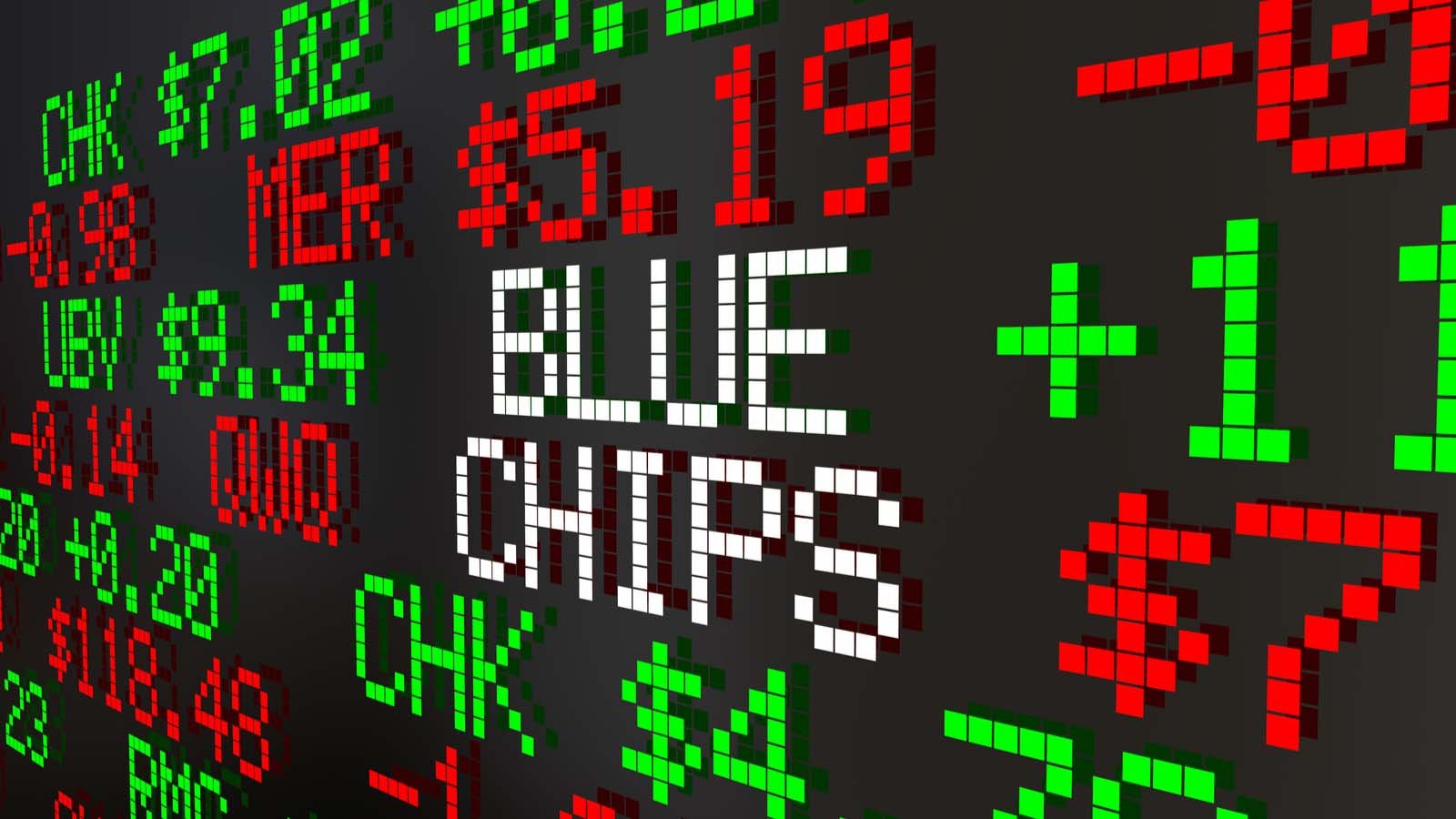(Adds fed fund futures)
By Herbert Lash
NEW YORK, July 19 (Reuters) – The yield on the benchmark
10-year U.S. Treasury note fell to a five-month low on Monday as
the spread of the Delta variant of the coronavirus sparked fears
global growth would slow and hamper the reopening of economies.
The 10-year yield fell 9.2 basis points to
1.207%, a low last seen in February.
The yield on the 30-year Treasury bond slid 9
basis points to 1.840% as equity markets worldwide fell and the
safe-haven dollar and Swiss franc rose in a flight to safety.
“This looks like a global flight to quality/risk-off event,”
said Scott Buchta, head of fixed income strategy at Brean
Capital in Chicago.
“The speed to the move down in yields almost mirrors the
pace at which yields moved higher in February and March – too
far, too fast,” he said in an e-mail.
The fundamental drivers of the bond market point to higher
yields, not lower yields, said Stan Shipley, macro research
analyst at Evercore ISI in New York.
“But the wild card that we’ve had to deal with for the last
year and a half is the coronavirus and now the variant,” he
said. “Most data on the variant unfortunately is deteriorating,
so people are scrambling for safety until they can figure out
what’s happening.”
The Delta variant’s spread has sparked risk-aversion,
pushing bond yields lower and leaving stocks facing their
longest losing streak since the pandemic first hit global
markets 18 months ago.
Fed Fund futures, a widely used security for hedging
short-term interest rate risk, showed the chances of the Federal
Reserve hiking rates in December 2022 dropped to 58% from 90% on
July 13, when the consumer price index was released.
The likelihood that the Fed hikes rates in January 2023 fell
to 70% from 100% last Tuesday, while futures now are fully
pricing in a hike in March 2023.
Japanese stocks fell for a fourth straight session as the
variant hit sentiment, England’s “freedom day” ending COVID-19
lockdowns was marred by surging infections and Australian
officials said Victoria state would extend a lockdown to slow
the variant’s spread.
“That’s the sentiment that’s driving the rates market today
– the expectation that may we’ll slip back a little bit after
all the progress we’ve made,” said Gennadiy Goldberg, interest
rate strategist at TD Securities in New York.
A closely watched part of the U.S. Treasury yield curve
measuring the gap between yields on two- and 10-year Treasury
notes, seen as an indicator of economic
expectations, was at 99.3 basis points.
The two-year U.S. Treasury yield, which typically
moves in step with interest rate expectations, was down 1.4
basis points at 0.212%.
The breakeven rate on five-year U.S. Treasury
Inflation-Protected Securities (TIPS) was last at
2.488%.
The 10-year TIPS breakeven rate was last at
2.296%, indicating the market sees inflation averaging about
2.3% a year for the next decade.
July 19 Monday 11:28AM New York / 1528 GMT
Price Current Net
Yield % Change
(bps)
Three-month bills 0.0475 0.0482 0.002
Six-month bills 0.0475 0.0482 -0.003
Two-year note 99-213/256 0.2116 -0.014
Three-year note 99-248/256 0.3855 -0.044
Five-year note 100-218/256 0.6995 -0.078
Seven-year note 101-206/256 0.9806 -0.090
10-year note 103-236/256 1.2004 -0.099
20-year bond 108-88/256 1.7499 -0.106
30-year bond 112-144/256 1.8267 -0.103
DOLLAR SWAP SPREADS
Last (bps) Net
Change
(bps)
U.S. 2-year dollar swap 7.25 -0.50
spread
U.S. 3-year dollar swap 8.50 -1.50
spread
U.S. 5-year dollar swap 6.25 -1.50
spread
U.S. 10-year dollar swap -3.25 -2.00
spread
U.S. 30-year dollar swap -32.25 -2.25
spread (Reporting by Herbert Lash; Additional reporting by Karen
Brettell, Gertrude Chavez-Dreyfuss in New York and Karen Pierog
in Chicago; Editing by Kirsten Donovan and Dan Grebler)
Read More





